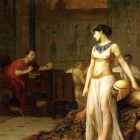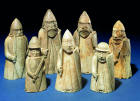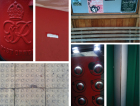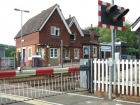Using Sources
It is important to use a wide range of sources such as pictures, artefacts, music and sights. Children will use these to build up their enquiry thought and processes and to build up their understanding of past.
Sort by:
Date (Newest first) | Title A-Z
Show:
All |
Articles |
Podcasts |
Multipage Articles
-

What made Cleopatra so special?
ArticleClick to view -

What your local Archive Service can offer to schools
ArticleClick to view -

What’s important about...? Sources and evidence
ArticleClick to view -

What’s in a road? Local history at Early Years and Key Stage 1
ArticleClick to view -

What’s in your pocket, Peg?
ArticleClick to view -

Why stories?
ArticleClick to view -

Written sources and local history at Key Stage 1
ArticleClick to view -

‘Not again!’ - an additional viewpoint on using railways
ArticleClick to view -

‘So why did they go into hiding?’ Anne Frank in her historical and social context
ArticleClick to view

